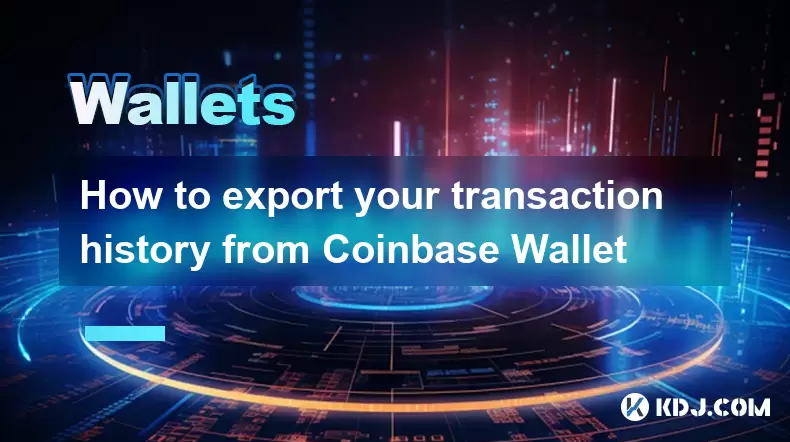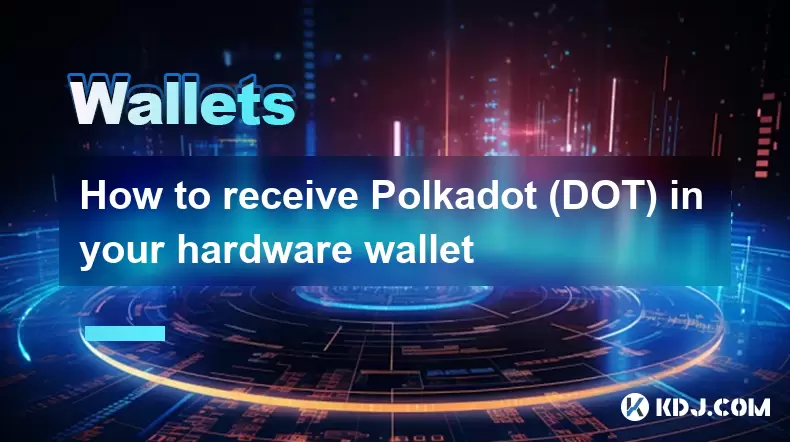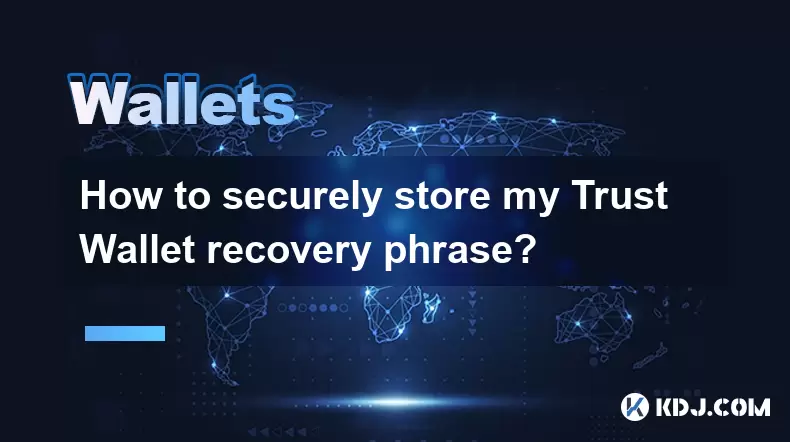-
 Bitcoin
Bitcoin $115100
1.27% -
 Ethereum
Ethereum $3675
2.71% -
 XRP
XRP $2.995
1.45% -
 Tether USDt
Tether USDt $1.000
0.02% -
 BNB
BNB $769.8
2.64% -
 Solana
Solana $168.0
3.25% -
 USDC
USDC $0.9999
-0.01% -
 TRON
TRON $0.3371
1.48% -
 Dogecoin
Dogecoin $0.2051
3.36% -
 Cardano
Cardano $0.7394
2.30% -
 Hyperliquid
Hyperliquid $38.15
0.42% -
 Stellar
Stellar $0.3966
-0.36% -
 Sui
Sui $3.486
2.93% -
 Chainlink
Chainlink $16.72
2.52% -
 Bitcoin Cash
Bitcoin Cash $568.0
4.36% -
 Hedera
Hedera $0.2440
2.59% -
 Ethena USDe
Ethena USDe $1.001
0.04% -
 Avalanche
Avalanche $22.16
2.06% -
 Litecoin
Litecoin $119.1
-0.73% -
 UNUS SED LEO
UNUS SED LEO $8.991
0.04% -
 Toncoin
Toncoin $3.232
-0.39% -
 Shiba Inu
Shiba Inu $0.00001233
2.82% -
 Uniswap
Uniswap $9.717
2.53% -
 Polkadot
Polkadot $3.664
1.85% -
 Dai
Dai $1.000
0.01% -
 Monero
Monero $281.2
-3.89% -
 Bitget Token
Bitget Token $4.350
1.55% -
 Cronos
Cronos $0.1428
5.07% -
 Pepe
Pepe $0.00001050
3.68% -
 Aave
Aave $262.3
3.54%
How to receive NFTs in your Ledger Nano X
The Ledger Nano X secures your NFT ownership by protecting private keys, but NFTs themselves live on blockchains like Ethereum or Polygon—use MetaMask to receive and view them.
Aug 07, 2025 at 02:45 am

Understanding NFTs and Ledger Nano X Compatibility
NFTs (Non-Fungible Tokens) are unique digital assets stored on a blockchain, typically on networks like Ethereum, Polygon, or Solana. Unlike cryptocurrencies such as Bitcoin or Ethereum, which are fungible and interchangeable, each NFT has distinct metadata and ownership records. The Ledger Nano X is a hardware wallet designed to securely store private keys for various cryptocurrencies and tokens. While the Ledger Nano X does not directly "store" NFTs in the way a file is saved on a hard drive, it secures the private keys that grant ownership and control over NFTs held on the blockchain.
It is essential to understand that NFTs reside on public blockchains, not within the physical device. The Ledger Nano X acts as a secure vault for the cryptographic keys that allow users to prove ownership and interact with their NFTs through compatible software interfaces. To receive NFTs, you must ensure your Ledger is set up to interact with the blockchain where the NFT exists, most commonly Ethereum (ERC-721 or ERC-1155) or Polygon (MATIC).
Setting Up Your Ledger Nano X for NFT Reception
Before receiving NFTs, your Ledger device must be properly configured. Begin by ensuring your Ledger Nano X firmware is up to date. Connect your device to your computer using the provided USB cable and open the Ledger Live application. Navigate to the "Manager" section and check for firmware updates. Install any available updates to ensure compatibility with the latest apps and security protocols.
Next, install the appropriate cryptocurrency app for the blockchain hosting the NFT. For Ethereum-based NFTs, install the Ethereum app. For NFTs on Polygon, install the Polygon app. These apps enable your Ledger to sign transactions on their respective networks. To install an app, connect your device, unlock it with your PIN, go to the Manager in Ledger Live, search for the desired app, and click "Install". The app will appear on your Ledger’s dashboard once installation is complete.
Ensure your Ledger is connected to a compatible wallet interface such as MetaMask, Phantom (for Solana), or Rainbow Wallet. These interfaces interact with your Ledger to display NFTs and manage transactions. For Ethereum and Polygon, MetaMask integration with Ledger is critical.
Connecting Ledger to MetaMask for NFT Management
To receive NFTs, you must link your Ledger Nano X to a web3 wallet like MetaMask. Open MetaMask in your browser and switch to the Ethereum Mainnet or Polygon Mainnet, depending on where the NFT will be sent. Click on your account icon, select "Hardware Wallet", and choose Ledger as the device type.
Follow the prompts to connect your Ledger. Make sure the Ethereum or Polygon app is open on your device—do not just leave it on the home screen. MetaMask will scan for accounts linked to your Ledger. Select the account you wish to use. This address is derived from your Ledger’s seed phrase and is safe to share for receiving assets.
Once connected, your public wallet address will be visible in MetaMask. This is the address you provide to others to receive NFTs. Never share your recovery phrase or private keys. The connection between MetaMask and Ledger is secure because transaction signing occurs on the device itself, not online.
Receiving an NFT: Step-by-Step Process
To receive an NFT, you must provide your wallet address to the sender. In MetaMask, click the "Account" section to view your address. Copy it carefully—any mistake can result in permanent loss of the NFT. Share this address through a secure channel.
When the sender initiates the transfer, a transaction is broadcast to the blockchain. You will need to approve the transaction on your Ledger device if any interaction is required, though receiving an NFT typically does not require your approval unless it involves a smart contract execution (such as claiming from a mint).
After the transaction is confirmed on the blockchain (visible via Etherscan for Ethereum or Polygonscan for Polygon), the NFT will be associated with your wallet address. To view it, use an NFT marketplace or explorer that supports your blockchain.
- Open OpenSea, Blur, or LooksRare and connect your MetaMask wallet
- Ensure the correct network (Ethereum, Polygon) is selected in MetaMask
- Your received NFT should appear in your collection after a short sync delay
- Verify the NFT details (name, image, contract address) to confirm authenticity
Viewing and Verifying Your NFT on Ledger
Although the Ledger Live app does not display NFTs graphically, you can verify ownership through blockchain explorers and connected dApps. In Ledger Live, go to your Ethereum or Polygon account and check the transaction history. You should see an "ERC-721 Token Transfer" or "ERC-1155 Token Transfer" entry if the NFT was sent on Ethereum.
For visual verification, return to OpenSea or a similar marketplace. After connecting your Ledger via MetaMask, navigate to your profile. The received NFT should be listed under your items. Click on it to view metadata, traits, and provenance. Ensure the contract address matches the official collection to avoid counterfeit NFTs.
If the NFT does not appear immediately, wait several minutes and refresh. Some NFTs require manual import by entering the contract address and token ID in the wallet or marketplace settings. On OpenSea, use the "Add hidden NFTs" feature to reveal assets not automatically detected.
Security Best Practices When Receiving NFTs
Always double-check the sender’s address and the NFT contract before accepting transfers, especially if prompted via email or social media. Scammers may send malicious NFTs containing phishing links or malware in metadata. Avoid interacting with NFTs from untrusted sources.
Never approve signature requests on your Ledger for unfamiliar websites. Even receiving NFTs can involve smart contract interactions that, if malicious, could lead to asset loss. Only connect your Ledger to verified platforms like OpenSea, Blur, or Rainbow.
Keep your recovery phrase offline and physically secured. No legitimate service will ever ask for it. Use a strong PIN and enable passphrase protection (if configured) for additional security. Regularly update Ledger Live and device firmware to protect against vulnerabilities.
FAQs
Can I receive Solana-based NFTs on my Ledger Nano X?
Yes. Install the Solana app via Ledger Live, then connect your Ledger to a Solana-compatible wallet like Phantom or Solflare. Use the wallet’s receive function to get your public address and share it for NFT transfers.
Why isn’t my NFT showing up in MetaMask after receipt?
MetaMask does not automatically detect all NFTs. Click "Import NFTs" in the Assets tab, enter the contract address and token ID, then confirm. The NFT should appear if the details are correct.
Do I need to pay gas fees to receive an NFT?
No. The sender pays the gas fee for transferring the NFT. You only incur costs if you later transfer, sell, or interact with the NFT.
Can I receive NFTs directly through Ledger Live?
Ledger Live does not support NFT display or management. Use connected dApps or marketplaces like OpenSea with MetaMask to view and manage NFTs secured by your Ledger.
Disclaimer:info@kdj.com
The information provided is not trading advice. kdj.com does not assume any responsibility for any investments made based on the information provided in this article. Cryptocurrencies are highly volatile and it is highly recommended that you invest with caution after thorough research!
If you believe that the content used on this website infringes your copyright, please contact us immediately (info@kdj.com) and we will delete it promptly.
- TRX, RUVI, and CoinMarketCap: What's Buzzing in the Crypto Sphere?
- 2025-08-07 05:31:17
- Cryptos Primed for 5x Gains? Ozak AI Spotlights Hot Projects
- 2025-08-07 05:41:42
- Cryptos with ROI Potential: BlockDAG Leading the Charge
- 2025-08-07 04:50:14
- OZAK AI: Is This AI Product Poised for ChatGPT-Level Returns?
- 2025-08-07 03:30:13
- Cryptos to Watch: Cold Wallet's Rewarding Edge Over Tron
- 2025-08-07 04:12:40
- SEC, Liquid Staking, and Crypto: A New Dawn?
- 2025-08-07 03:30:13
Related knowledge

How to export your transaction history from Coinbase Wallet
Aug 07,2025 at 06:50am
Understanding Coinbase Wallet and Transaction HistoryCoinbase Wallet is a self-custodial cryptocurrency wallet that allows users to store, manage, and...

How to set up a new Ledger Nano S Plus
Aug 07,2025 at 06:01am
Unboxing and Initial InspectionWhen you receive your Ledger Nano S Plus, begin by carefully unboxing the package. Inside, you should find the Ledger N...

How to receive Polkadot (DOT) in your hardware wallet
Aug 07,2025 at 07:03am
Understanding Polkadot (DOT) and Hardware Wallet CompatibilityReceiving Polkadot (DOT) into a hardware wallet begins with understanding the ecosystem ...

How to receive NFTs in your Ledger Nano X
Aug 07,2025 at 02:45am
Understanding NFTs and Ledger Nano X CompatibilityNFTs (Non-Fungible Tokens) are unique digital assets stored on a blockchain, typically on networks l...

How to add TRC20 token to Trust Wallet?
Aug 04,2025 at 11:35am
Understanding TRC20 and Trust Wallet CompatibilityTrust Wallet is a widely used cryptocurrency wallet that supports multiple blockchain networks, incl...

How to securely store my Trust Wallet recovery phrase?
Aug 06,2025 at 07:14am
Understanding the Importance of Your Trust Wallet Recovery PhraseYour Trust Wallet recovery phrase, also known as a seed phrase or mnemonic phrase, is...

How to export your transaction history from Coinbase Wallet
Aug 07,2025 at 06:50am
Understanding Coinbase Wallet and Transaction HistoryCoinbase Wallet is a self-custodial cryptocurrency wallet that allows users to store, manage, and...

How to set up a new Ledger Nano S Plus
Aug 07,2025 at 06:01am
Unboxing and Initial InspectionWhen you receive your Ledger Nano S Plus, begin by carefully unboxing the package. Inside, you should find the Ledger N...

How to receive Polkadot (DOT) in your hardware wallet
Aug 07,2025 at 07:03am
Understanding Polkadot (DOT) and Hardware Wallet CompatibilityReceiving Polkadot (DOT) into a hardware wallet begins with understanding the ecosystem ...

How to receive NFTs in your Ledger Nano X
Aug 07,2025 at 02:45am
Understanding NFTs and Ledger Nano X CompatibilityNFTs (Non-Fungible Tokens) are unique digital assets stored on a blockchain, typically on networks l...

How to add TRC20 token to Trust Wallet?
Aug 04,2025 at 11:35am
Understanding TRC20 and Trust Wallet CompatibilityTrust Wallet is a widely used cryptocurrency wallet that supports multiple blockchain networks, incl...

How to securely store my Trust Wallet recovery phrase?
Aug 06,2025 at 07:14am
Understanding the Importance of Your Trust Wallet Recovery PhraseYour Trust Wallet recovery phrase, also known as a seed phrase or mnemonic phrase, is...
See all articles

























































































